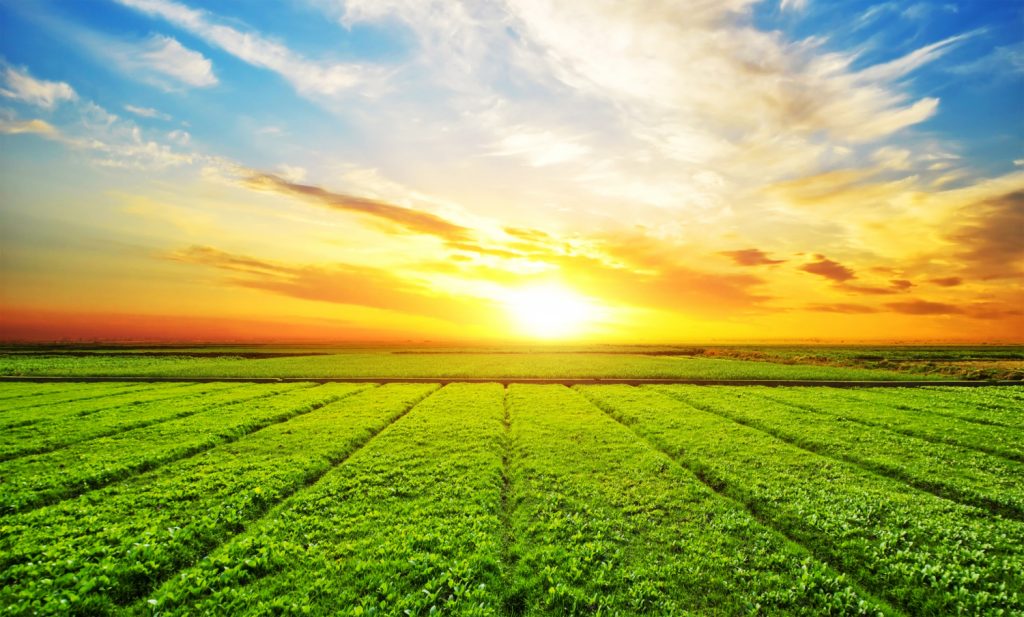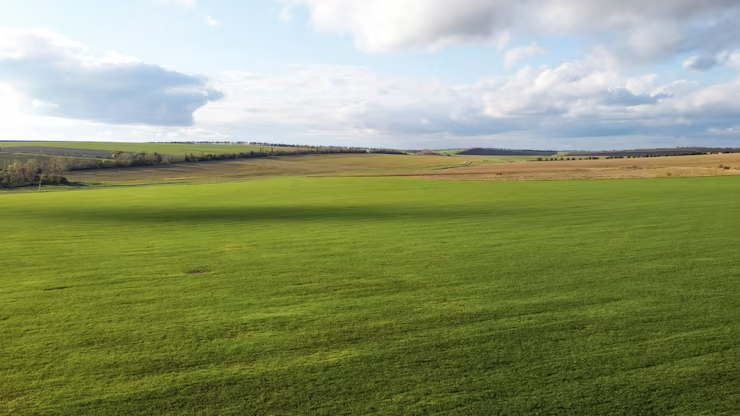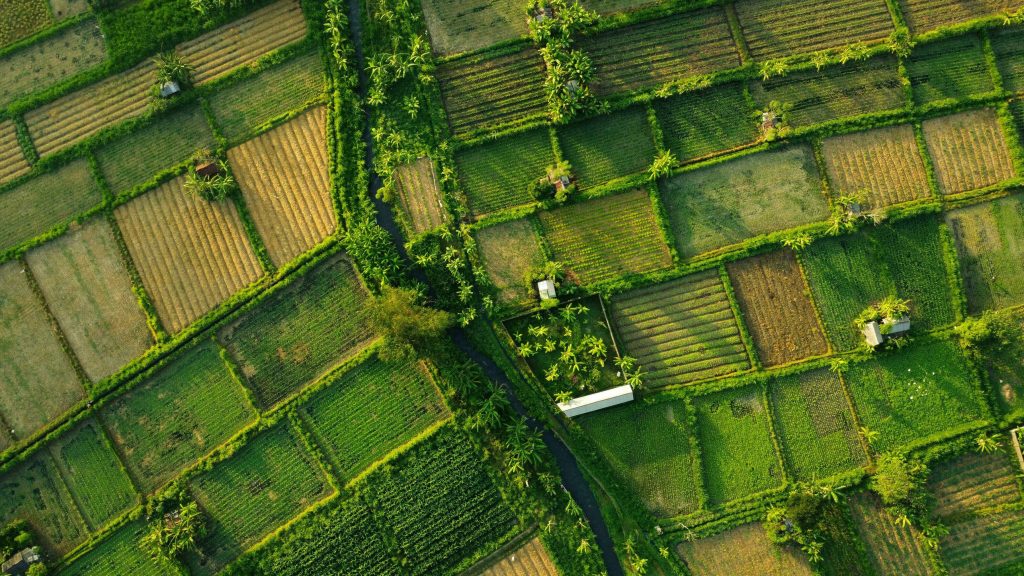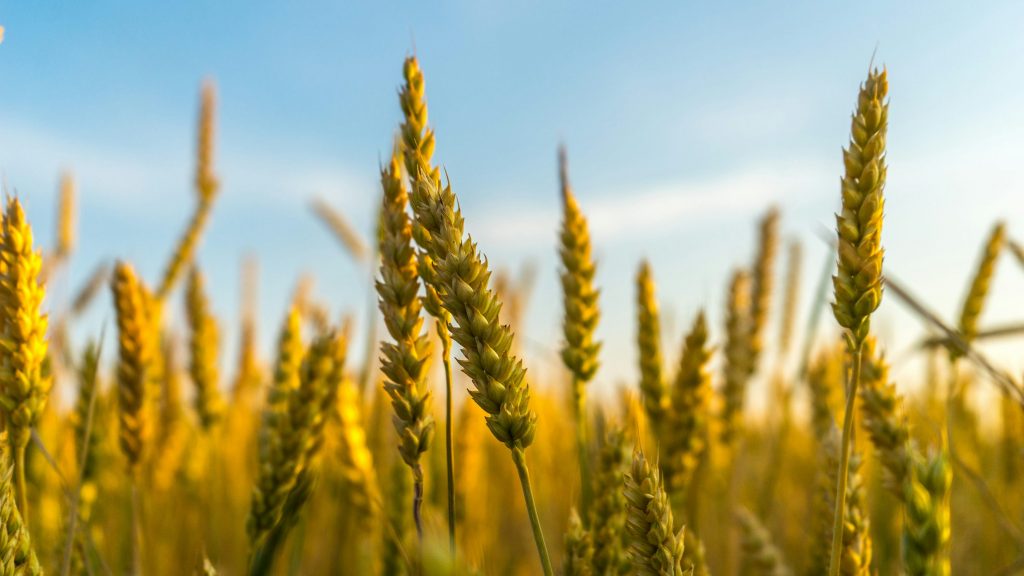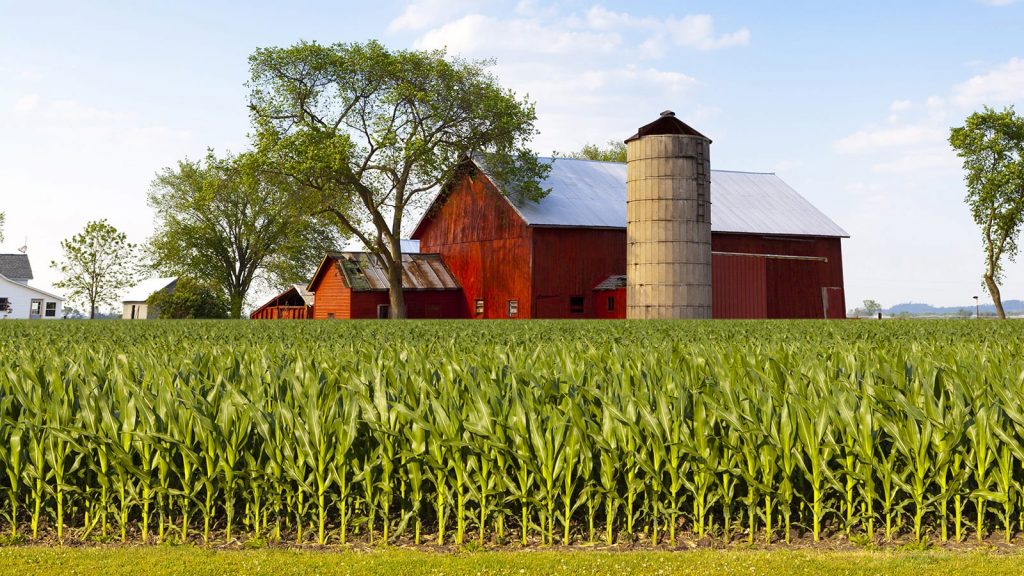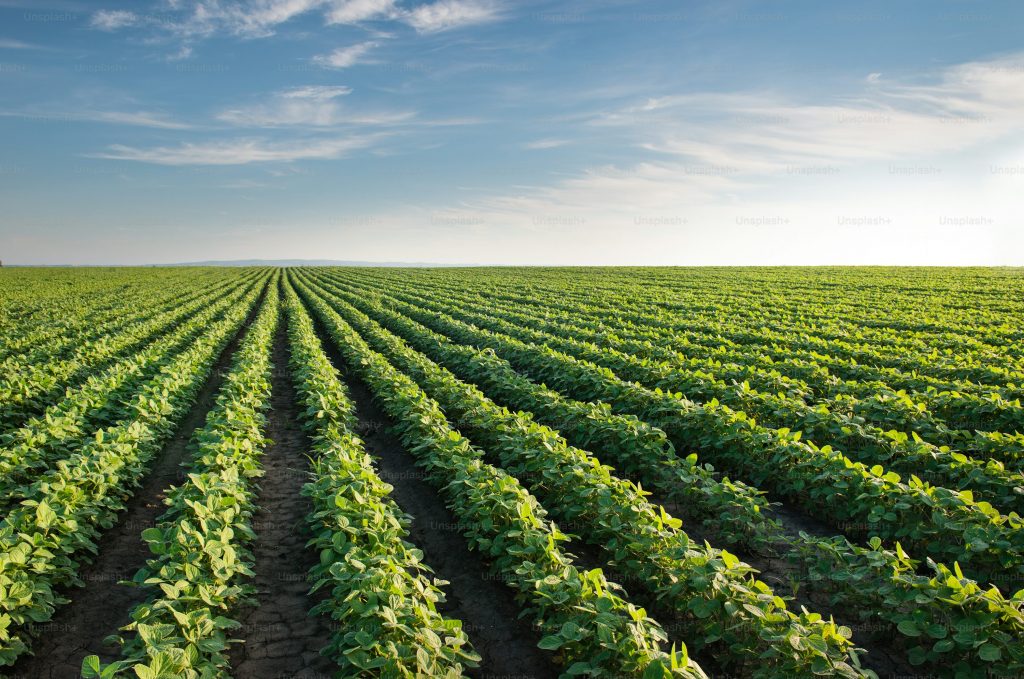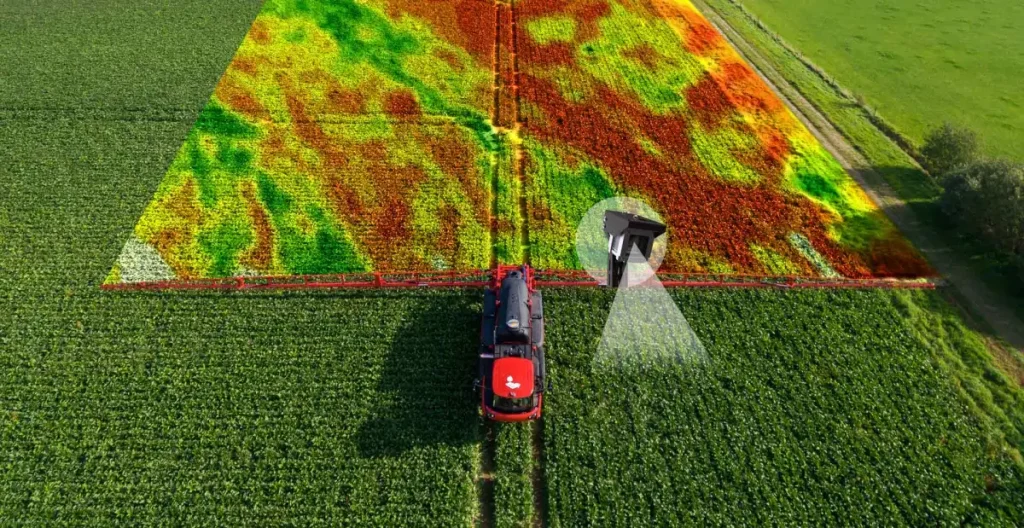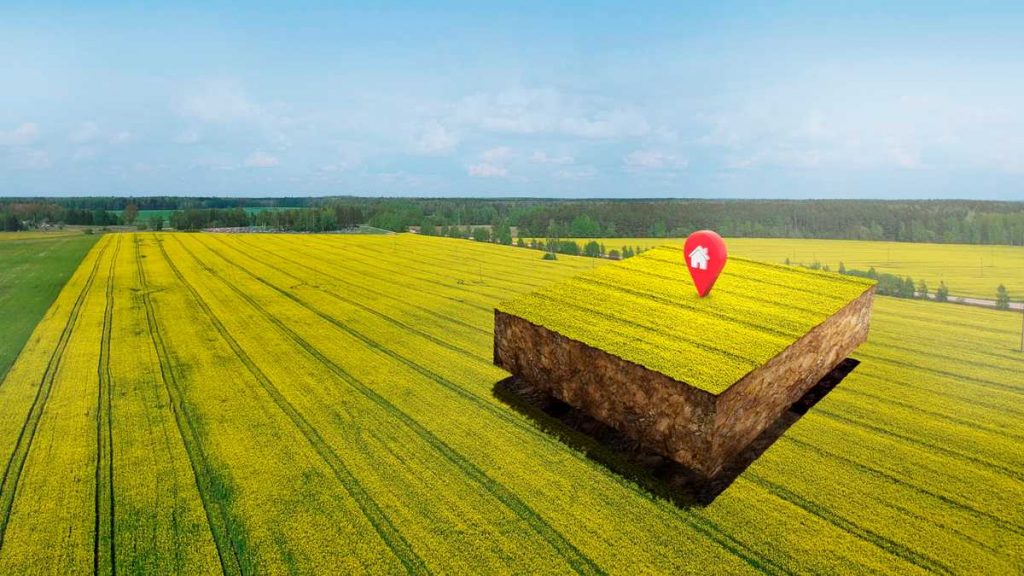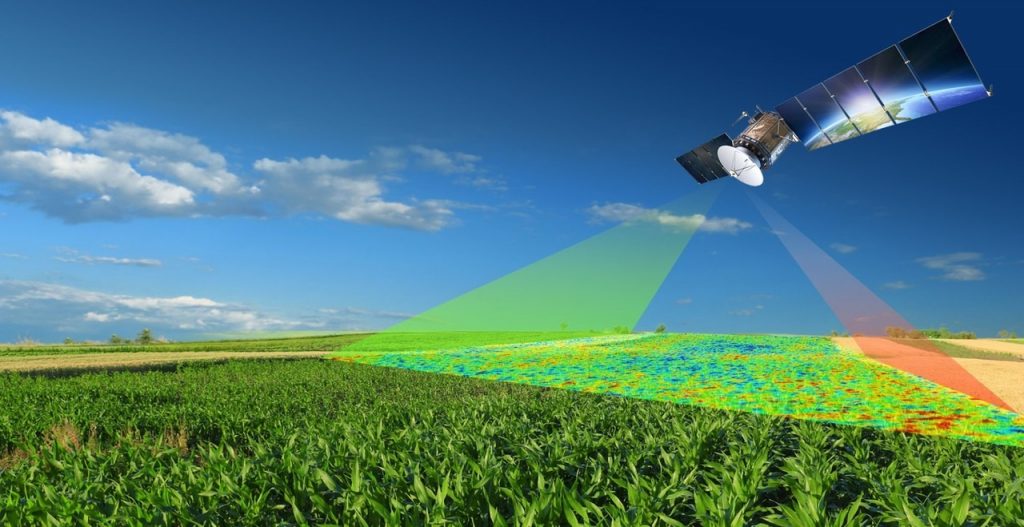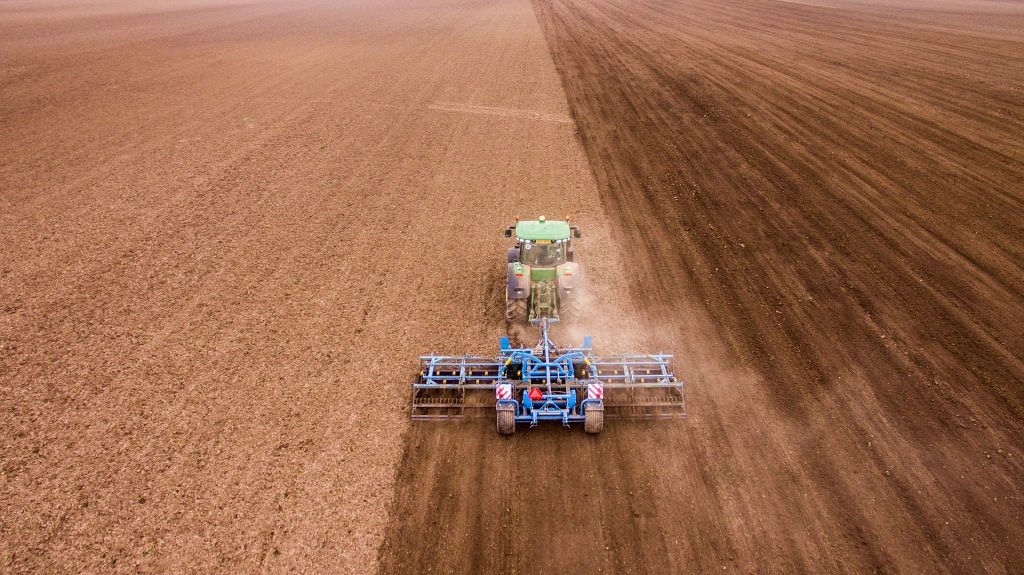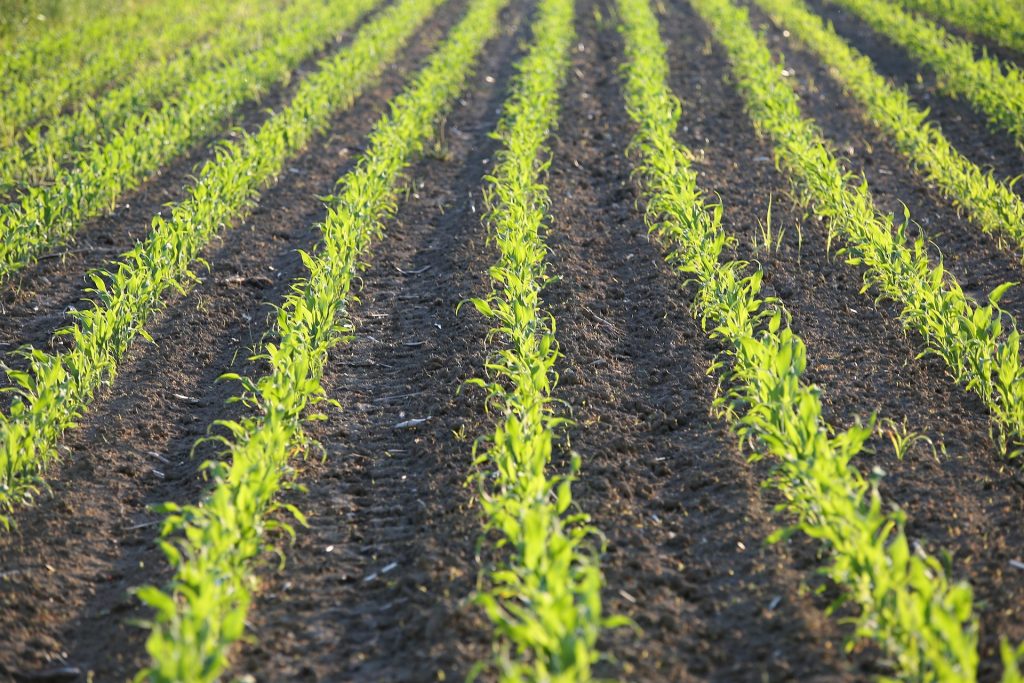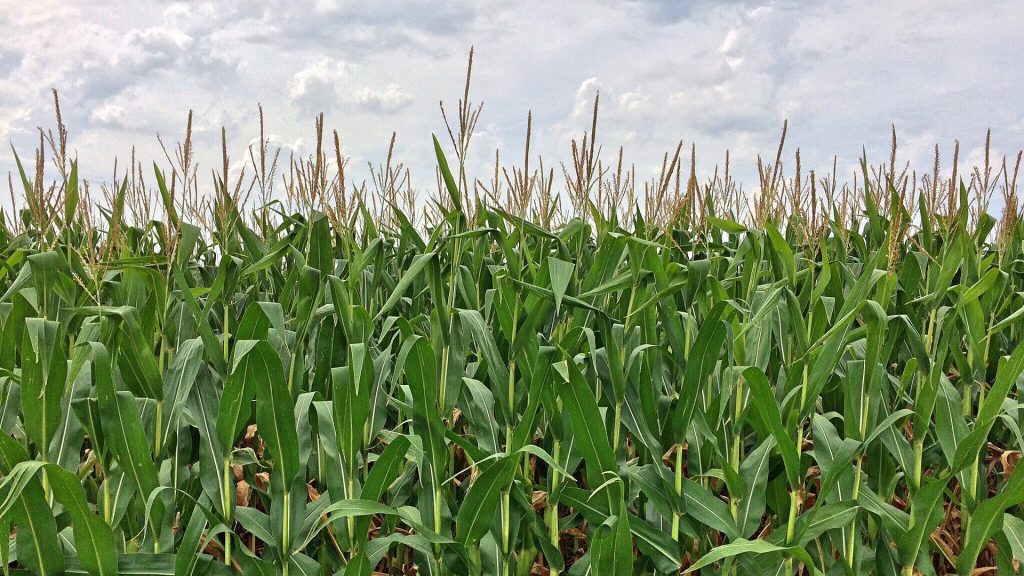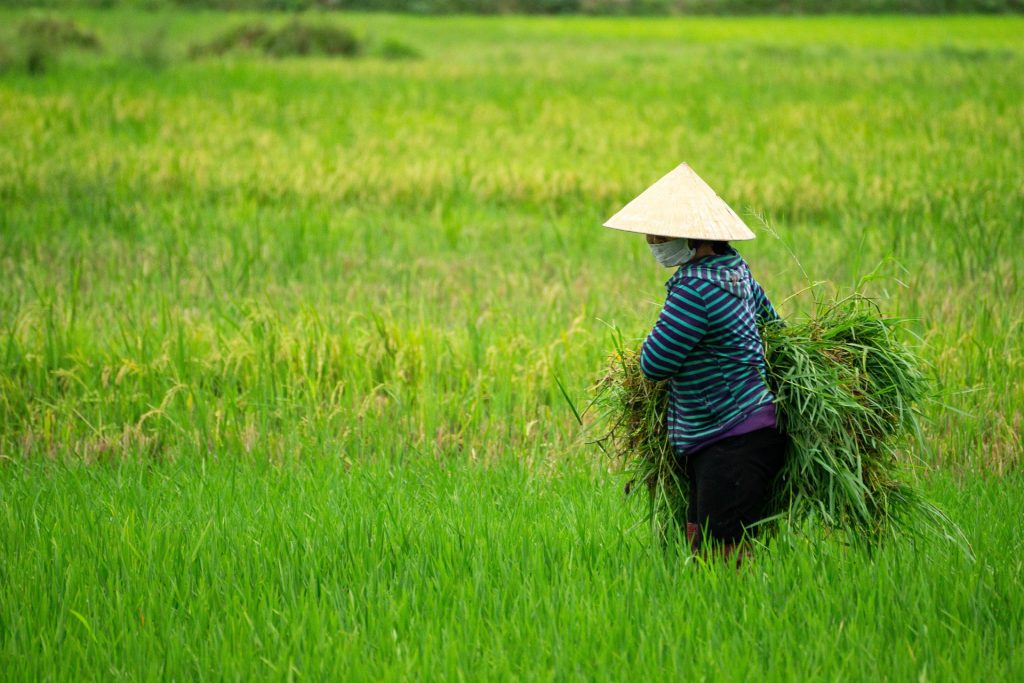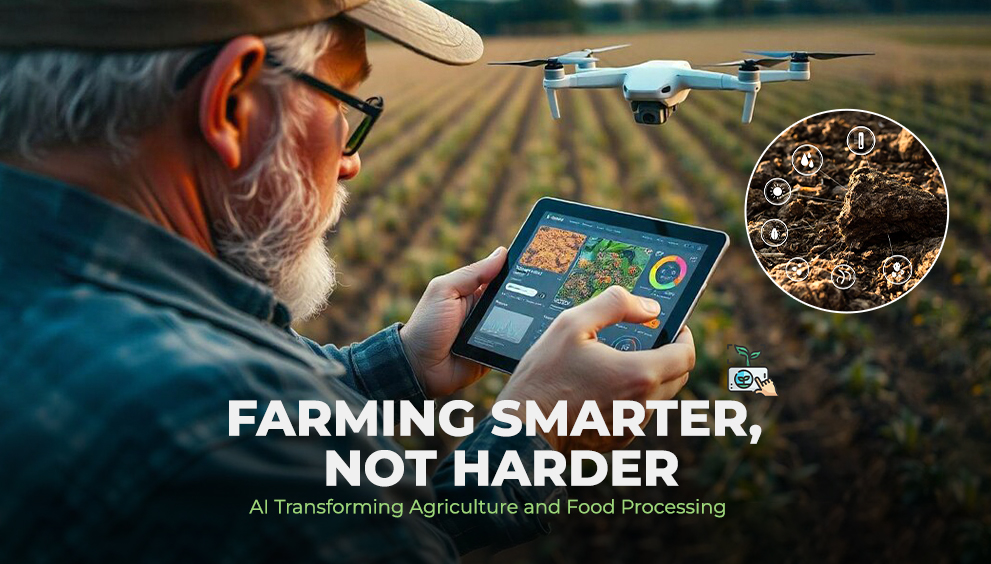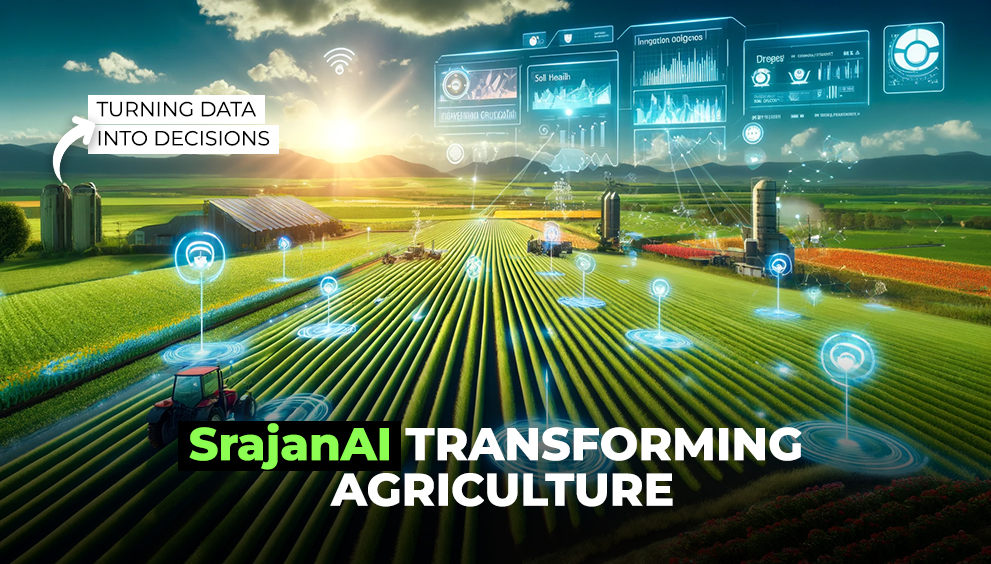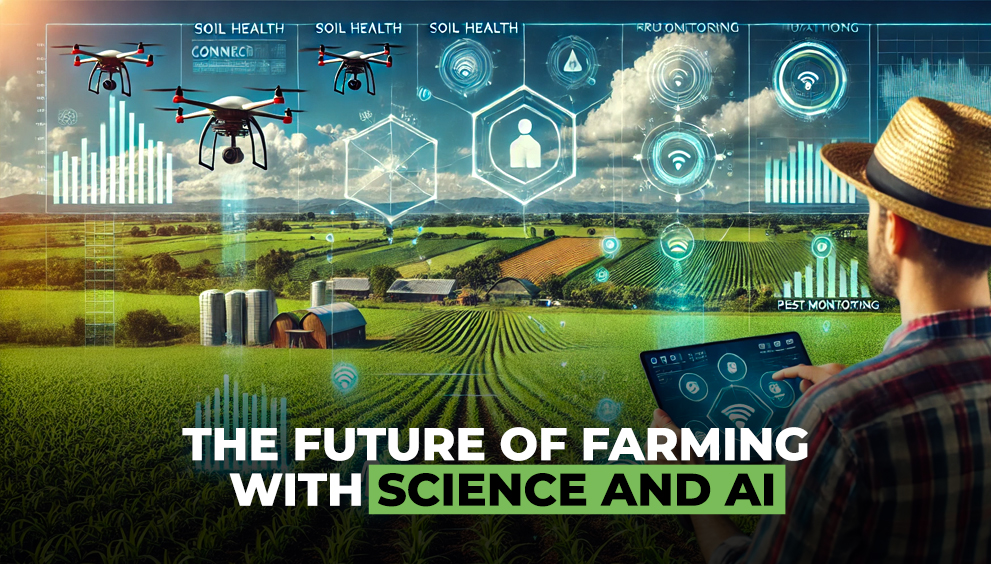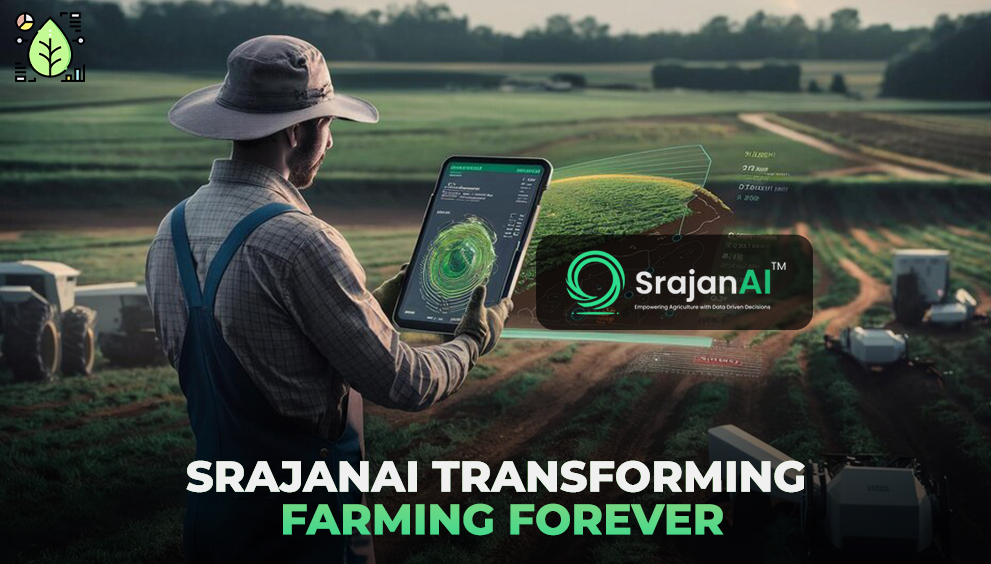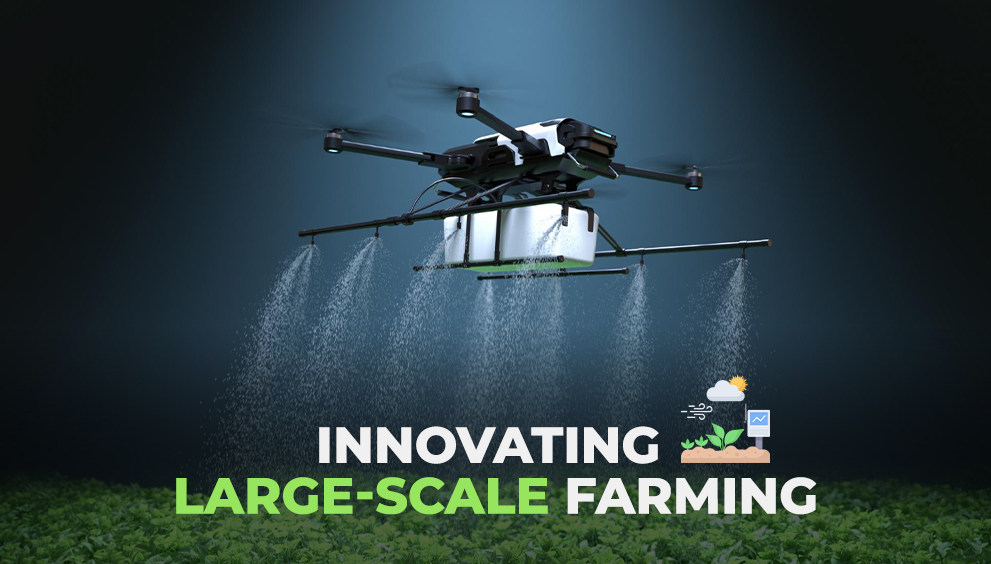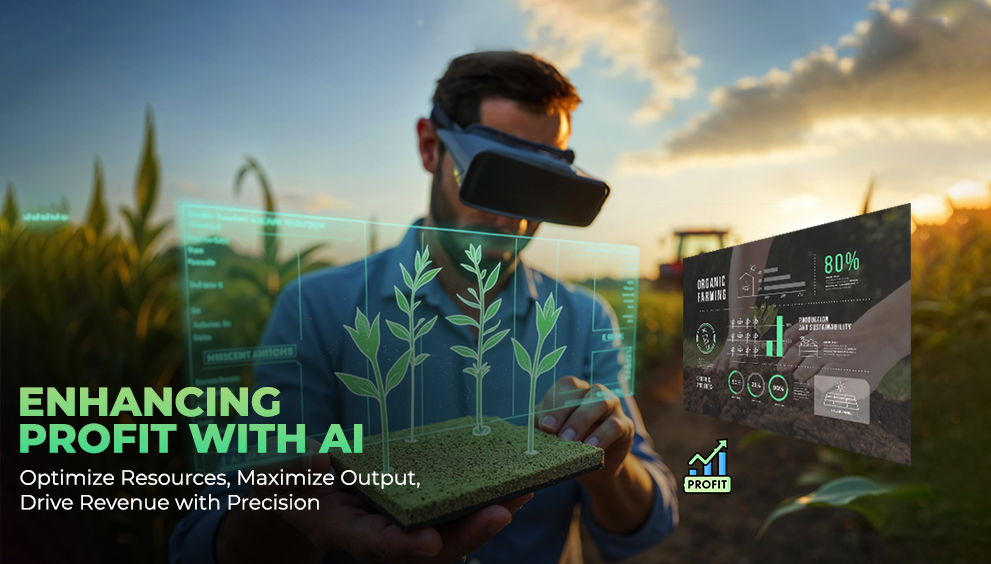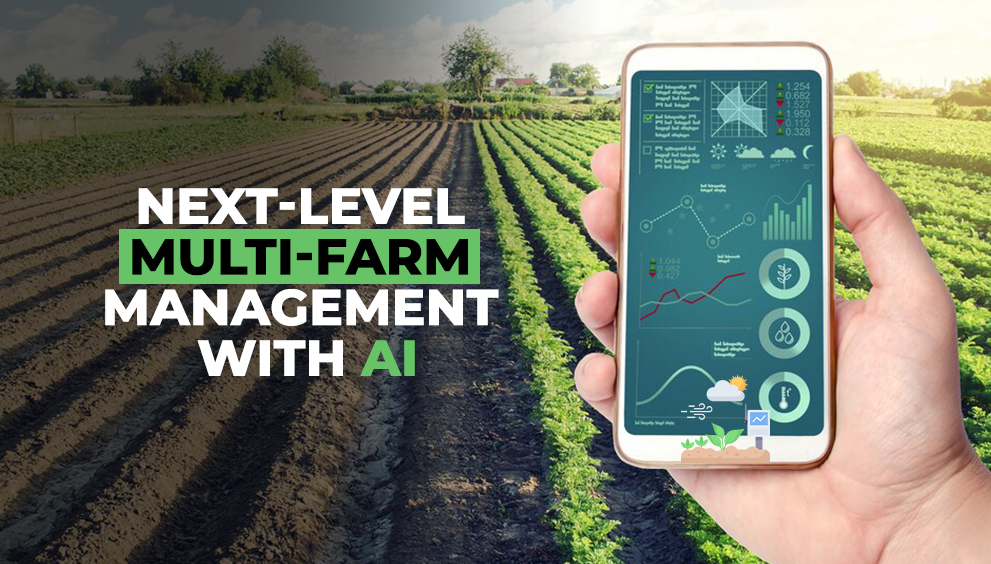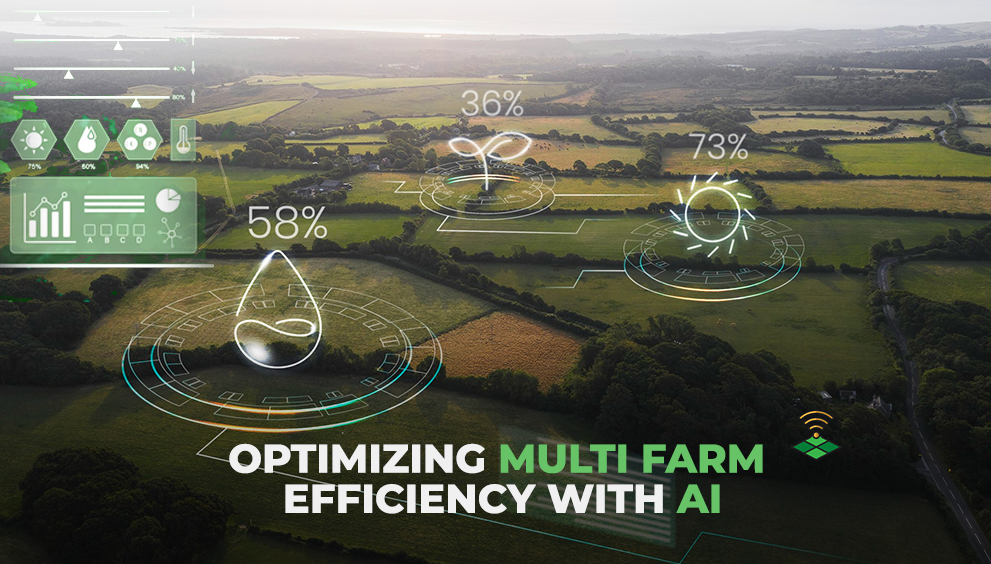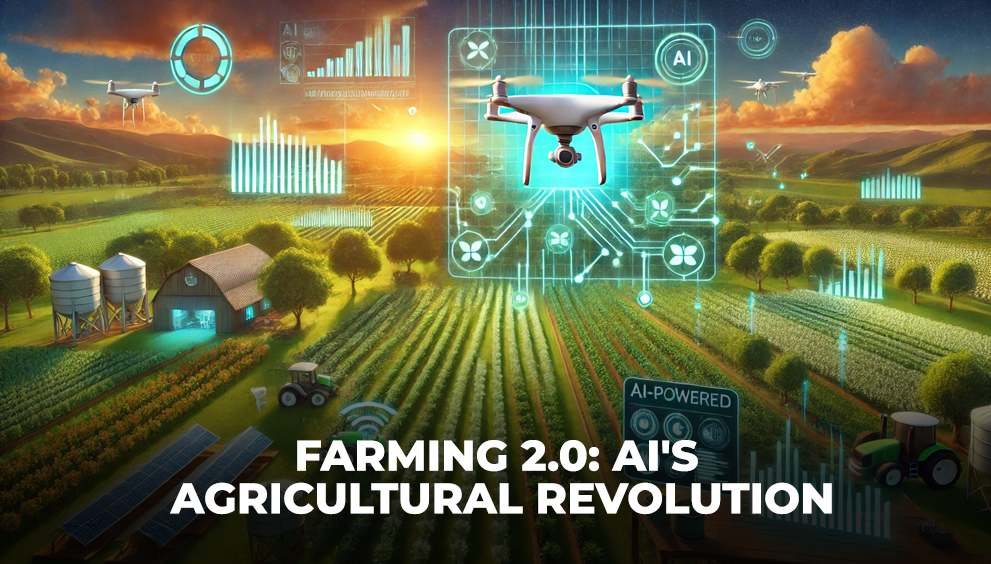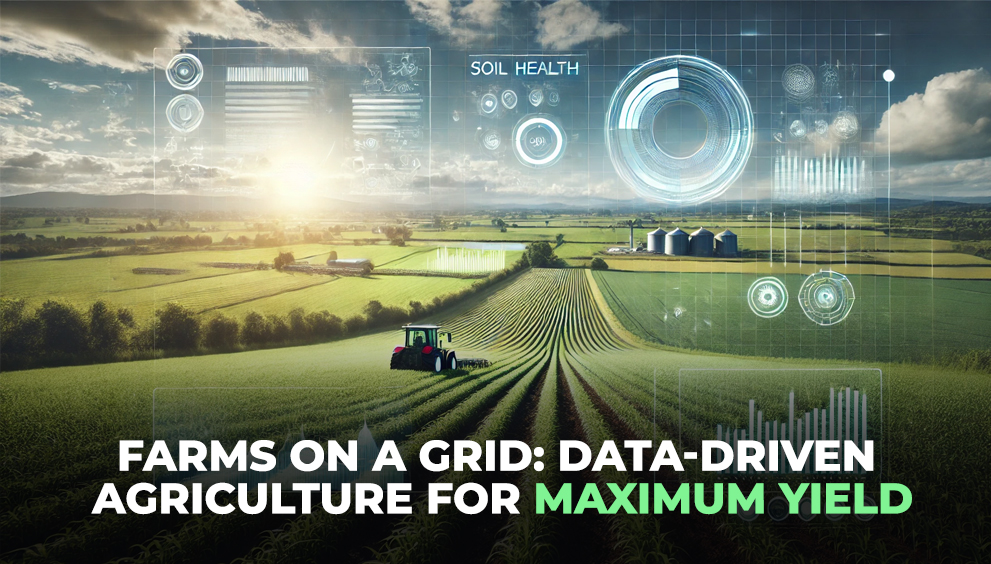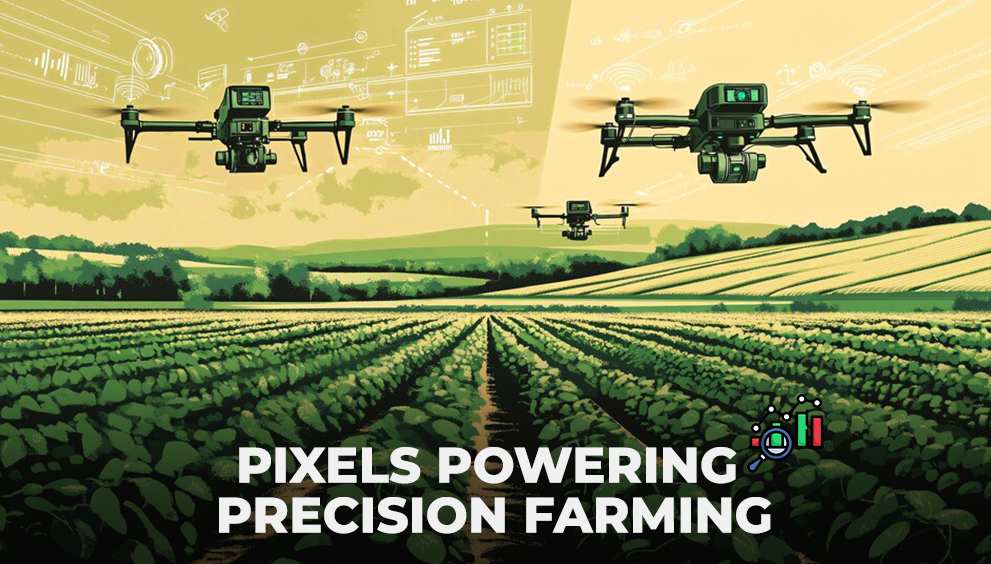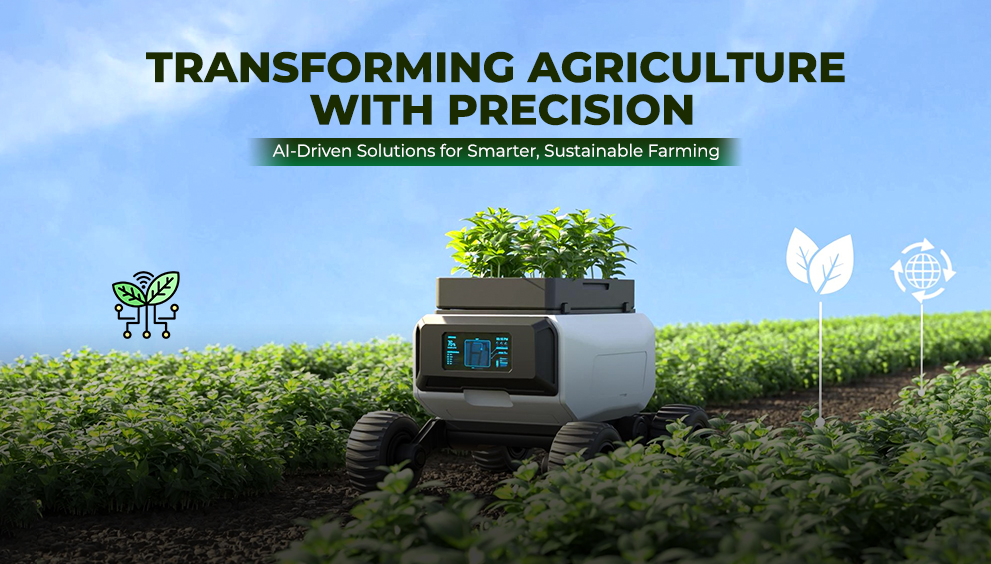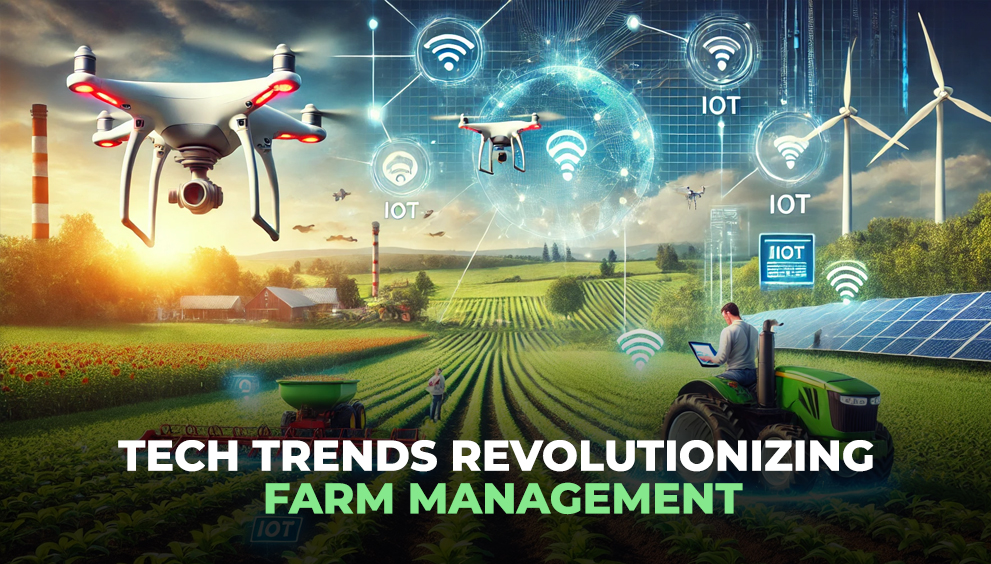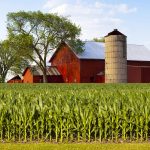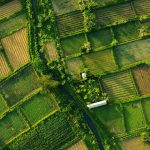How to Detect Crop Stress Early Using AI
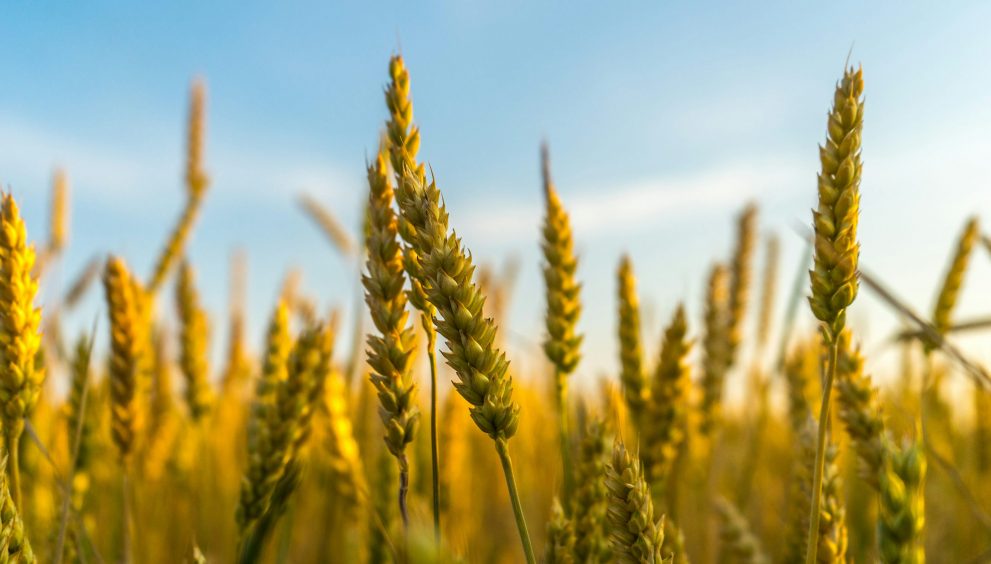
Crop stress is one of the leading causes of yield loss in agriculture. Whether it’s due to water scarcity, nutrient imbalance, pests, or disease, the ability to detect stress early—before it visibly affects the crop—can make a significant impact on overall farm profitability.
Traditionally, stress detection has relied on field scouting and manual inspections. While these practices still hold value, they are often reactive, time-consuming, and limited by human perception. In contrast, AI-powered crop monitoring systems offer a proactive approach, allowing farmers and agri-enterprises to identify early signs of stress with unmatched speed and precision.
This blog explores how AI can help detect crop stress early, what data it uses, and how it translates into better outcomes across single farms and vast agricultural networks.
What is Crop Stress?
Crop stress refers to any external or internal condition that disrupts normal plant growth, development, or productivity. It is broadly classified into two types:
Abiotic stress: Caused by non-living factors such as drought, extreme temperatures, soil salinity, or nutrient deficiencies.
Biotic stress: Triggered by living agents like insects, bacteria, viruses, fungi, or weeds.
If left unchecked, crop stress can lead to reduced photosynthesis, poor nutrient uptake, stunted growth, and ultimately lower yields and quality.
Why Early Detection Matters
By the time stress is visible to the human eye—such as leaf yellowing, wilting, or spotting—significant damage has often already occurred. In large-scale agriculture, manually scouting thousands of acres is inefficient and inconsistent.
Early detection allows for:
- Timely intervention (fertilizers, irrigation, pesticides)
- Reduced input wastage
- Minimized crop loss
- Improved resource planning and yield outcomes
AI-driven monitoring solves these challenges by turning raw field data into real-time insights.
How AI Detects Crop Stress Early
AI systems use a combination of data layers and machine learning algorithms to detect crop anomalies. Here’s how the process typically works:
1. Multisource Data Collection
AI platforms ingest data from various sources including:
- Satellite imagery: Offers regular updates over wide areas and generates vegetation indices like NDVI, NDRE, and SAVI.
- Drone/UAV imagery: Provides ultra-high-resolution images of specific fields.
- Ground sensors and IoT devices: Measure soil moisture, temperature, humidity, and nutrient levels.
- Weather data: Adds context to stress indicators by tracking rainfall, temperature, wind, and cloud cover.
This data gives a 360-degree view of crop conditions.
2. Vegetation Index Analysis
AI models analyze vegetation indices to monitor photosynthetic activity and chlorophyll levels—early indicators of crop stress.
- NDVI (Normalized Difference Vegetation Index) helps identify stressed areas with low photosynthetic activity.
- NDRE (Normalized Difference Red Edge) is useful for detecting stress before NDVI changes appear.
- SAVI (Soil Adjusted Vegetation Index) accounts for bare soil background, improving accuracy in early crop stages.
The system flags abnormal variations in these indices, pointing to potential stress hotspots.
3. Pattern Recognition and Anomaly Detection
AI models, trained on large datasets, recognize typical patterns of healthy crops under different conditions. When current data deviates from these patterns, the system identifies anomalies—subtle signs that stress may be developing.
These anomalies might include:
- Slower than expected canopy development
- Uneven growth within the same plot
- Moisture or nutrient imbalances inferred from multispectral data
Once detected, alerts are generated for further investigation or immediate action.
4. Zone-Based Insights for Targeted Action
Instead of treating entire fields uniformly, AI systems divide fields into zones based on stress severity. This enables:
- Precise pesticide or fertilizer application
- Targeted irrigation in high-risk areas
- Optimized labor and machinery deployment
Targeted actions reduce costs and prevent over-application of chemicals, while ensuring problem areas are addressed quickly.
Benefits of AI-Based Crop Stress Detection
Here’s what makes AI a game-changer for early stress detection:
- Scalability: Monitor hundreds or thousands of acres simultaneously
- Speed: Detect issues before visual symptoms appear
- Accuracy: Reduce false positives by using multi-index validation
- Timeliness: Act in real time, rather than after crop damage occurs
- Sustainability: Reduce chemical use and improve input efficiency
The result is healthier crops, improved yield stability, and lower production risk—especially important in volatile climate conditions.
Who Benefits from This Technology?
AI-powered crop stress detection isn’t limited to tech-savvy startups. It’s increasingly adopted by:
- Large agri-enterprises managing vast networks of farms
- Exporters and processors aiming for quality consistency
- Government and agri-policy bodies overseeing food security
- Agri-input companies providing value-added advisory services
- Individual farmers looking to reduce risk and maximize returns
Whether you manage one farm or a thousand, AI allows you to move from reactive firefighting to proactive decision-making.
Final Thoughts
Detecting crop stress early can save weeks of crop development time, thousands in input costs, and millions in lost yield. AI makes that early detection not only possible but practical and scalable.
By integrating AI into your farm management strategy, you’re not just monitoring crops—you’re protecting profitability, ensuring sustainability, and gaining control over the most unpredictable variables in agriculture.
In today’s high-stakes agri landscape, the farms that see problems first will always stay ahead. And with AI, you’ll never be the last to know.

